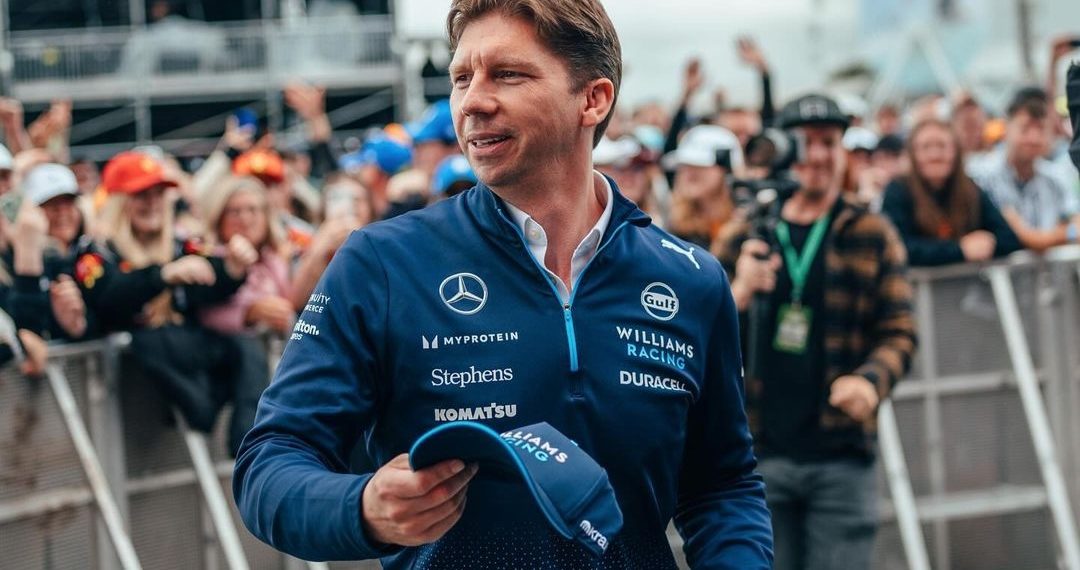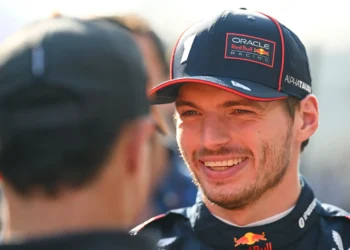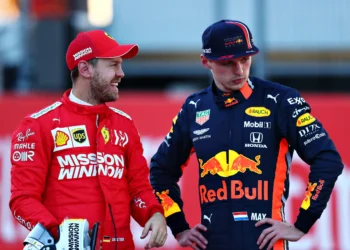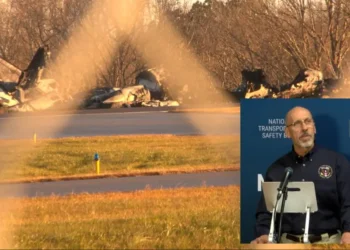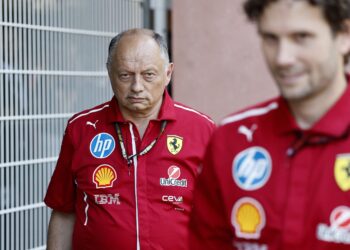The 2024 Formula 1 season was a mixed bag for Williams Racing, finishing ninth in the constructors’ standings with sporadic flashes of brilliance that left fans and critics yearning for more. While the team scored points in five races—most notably in Baku, where both Alex Albon and rookie Franco Colapinto delivered—team principal James Vowles insists the results don’t fully reflect the transformative progress being made behind the scenes.
As Williams gears up to unveil their 2025 challenger, the FW47, on Valentine’s Day, Vowles has shed light on the team’s ongoing evolution and its ambitions for the future.
A Team in Transition
Williams’ results on track tell only part of the story. According to Vowles, the team has undergone a cultural and infrastructural overhaul that is laying the foundation for future success.
“A lot of the really positive bits the world can’t see,” Vowles explained. “I can walk around the building and just see excellence that has race-winning pedigree all a part of our team now.”
While the team struggled with reliability and consistency throughout 2024, the groundwork for a brighter future is being laid.
“I’ve always said the journey is 2023, ’24, ’25—they’re just progression,” Vowles noted. “The track results won’t necessarily reflect the really big changes going on behind the scenes.”
Frustrations and Missed Opportunities
Despite the positives, Vowles admitted to frustrations over the team’s inability to capitalize on its potential. Williams made Q3 seven times in 2024, yet only translated those strong qualifying performances into points on rare occasions. Accidents and attrition played a significant role in derailing their campaigns at key races.
“We’ve been hurt by significant amounts of attrition,” Vowles explained. “We were up there in second in Brazil qualifying before Alex had an accident. We were up there in Q3 potential in Las Vegas with Franco before we had an accident.”
These setbacks highlighted gaps in the team’s ability to fully deliver on race weekends.
“We need everything to move forward together,” Vowles emphasized. “Reliability, design, performance, drivers, and strategy—all of it needs to align to progress.”
Glimpses of Promise
Williams’ standout moments in 2024 offered a tantalizing glimpse of the team’s potential. The Azerbaijan Grand Prix, where both cars finished in the points, was a high point. Additionally, Albon’s second-place qualifying performance in Brazil showcased the car’s pace in the right conditions.
For rookie Franco Colapinto, the season was a learning curve. Despite moments of brilliance, including a strong showing in Las Vegas qualifying, the young driver struggled with consistency, which Vowles attributes to the broader team effort rather than individual fault.
“It’s the story of the year. The pace is there, but we’re not delivering on it as well,” Vowles admitted.
A Long-Term Vision: 2025 and Beyond
As Williams prepares for the upcoming season, the focus remains on gradual, sustained progress. The FW47, set to debut on February 14, symbolizes the next step in the team’s journey toward revitalization. Vowles views 2025 as another building block, with the real goal being significant advancements by 2026 and 2027.
“The only way the world will really see it is through progress now chunking in 2025, ’26, ’27,” Vowles said, emphasizing the importance of patience and perseverance.
The Path Forward
For Williams, 2024 was a year of growing pains, but also one of transformation. The team’s ability to align its resources, improve reliability, and maximize the potential of its drivers will determine how quickly it can climb back to the upper echelons of Formula 1.
As fans await the unveiling of the FW47, the question remains: Can Williams turn its behind-the-scenes progress into consistent on-track success? With Vowles at the helm and a renewed focus on long-term development, the signs point toward a brighter future for this storied team.

